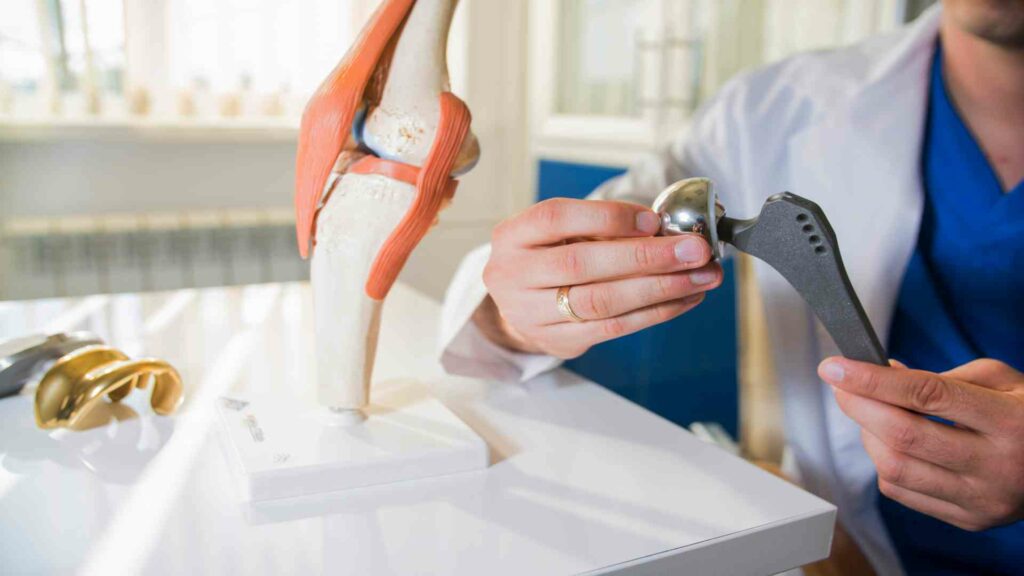Turn Nuclear Waste into Borosilicate Glass
Nuclear waste is a concerning issue, as it poses the risk of radiation exposure. Fortunately, researchers have come up with an innovative approach to address this hazard by vitrifying nuclear waste into borosilicate glass. By using this innovative approach, we can not only store radioactive elements securely over longer periods but also protect against possible atmospheric releases or decay chain formation that could otherwise be catastrophic.

Nuclear Waste
America to Incorporate Nuclear Waste Into Glass
The history of transforming nuclear waste into borosilicate glass dates back to the early days of nuclear power. Nuclear power plants produce both low-level and high-level nuclear waste, and the handling and disposal of this waste have been a significant concern for the nuclear industry.
One of the earliest methods of disposing of high-level waste was to encase it in borosilicate glass. Borosilicate glass is a highly durable and corrosion-resistant material that can withstand high temperatures and radiation. The process of covering waste in borosilicate glass is known as vitrification.
The first successful vitrification of high-level nuclear waste was carried out in the United States in the 1970s. The process involves mixing the waste with glass-forming materials and heating the mixture to high temperatures in order to create a glassy substance that can be poured into stainless steel canisters. These canisters are then sealed and stored underground in a repository.
Since the 1970s, vitrification technology has been further developed and is now used in various countries around the world for the disposal of high-level waste. In addition to borosilicate glass, other types of glass such as alumino-borosilicate and have also been developed for use in vitrification.
Vitrification is considered to be one of the most effective and safe methods of disposing of high-level nuclear waste. The glassy substance created during the process is highly durable and resistant to corrosion, ensuring that the radioactive material will be isolated from the environment for thousands of years.
Nuclear Waste Vitrification Process
Vitrification is an intricate process of transforming hazardous waste constituents into a stable, glass-like form that preserves the contaminants in both its macro and microstructures.
Specifically, dried material must be heated to convert nitrates to oxides before adding glass-forming agents and heating again at approximately 1000°C, which results in liquid molten formation poured directly into containment vessels for solidifying.
Specialized types of borosilicate (7.2 mass loadings) or aluminophosphate glasses are commonly used due to their ability to immobilize nuclear waste with large amounts of actinides rendered inactive.
Glasses manufactured from pure silicon dioxide (SiO2) are the most durable. Still, other ingredients, such as sodium carbonate (Na2CO3), boron trioxide (B2O3), and aluminum oxide (Al2O3), are often added to alter the glass’s viscosity and melting point.
For example, borosilicate glass (which contains B2O3) does not shatter even when subjected to extremely high temperatures because of its extremely low coefficient of thermal expansion.
Research fellow at the University of Sheffield, UK, Dr. Clare Thorpe is examining the longevity of vitrified waste and notes that the Uk and other countries, including the United States and France, have chosen to vitrify their waste in borosilicate glass before storing it.
Proof of Vitrification from Archaeological Analogues
With the help of archaeological glasses, scientists can gain insights into understanding vitrified nuclear waste and its environmental conditions. While older samples provide a more accurate comparison picture, Dr. Thorpe explains that “something that’s 200 years old might actually be more useful”.
By analyzing these ancient artifacts alongside accelerated high-temperature testing results, researchers can verify if any overlooked processes or minerals are forming in their assessment. This effectively allows them to accurately assess current environmental challenges caused by this type of hazardous material.
Andrew Shortland, an archaeological scientist at Cranfield University in the UK, observed a fascinating phenomenon while investigating pieces of ancient glass from the Late Bronze Age city of Nuzi.
He noticed that in one room, he could find impeccably preserved samples with vibrant colors and solid features, yet within another area nearby, specific components had been completely worn away over 3000 years by very slight changes to their micro-environments, such as shifts in moisture levels. This discovery suggested how even minor differences can cause substantial results over time.
The effect of metals on glass stability is something that Thorpe and others have been thinking about. The canisters used to store the vitrified waste contain iron, so the presence of this element is of great interest.
Because the glass is typically encased in soil or, in the case of the slags, surrounded by iron-rich material, this element is present at natural analogue sites. The surface gel layer of glass is negatively charged due to the presence of silicates, and it is feared that positive iron ions seeping from the glass or surrounds will scavenge these materials.
This could cause the passification layer to be disrupted, leading to the restart of the rate due to the precipitation of iron silicate minerals. Thorpe is interested in seeing this phenomenon at low temperatures in the field, as opposed to accelerated testing, as the thermodynamics are considerably different from what is found in the lab.
They have found no indication of this happening with vitrified nuclear waste, and they are certain that these glasses are exceedingly robust even without the presence of iron.
Recent Challenges for Nuclear Waste Vitrification
From nuclear waste to archaeological glass, scientists have had a long journey trying to understand and stabilize the complex structure of this material. While challenges still remain with achieving longevity in all uses of glass, conservators face an urgent need to remove moisture from their artifacts, thereby preventing them from cracking or shattering.
Some researchers emphasize that acrylic resin is necessary for consolidation because it helps preserve the iridescent corrosion layer created by wear throughout time which is actually part of the history and beauty behind every piece.
However, even after centuries of utilizing these materials, researchers haven’t been able accurately to predict melting temperatures which proves there’s much more left to explore about this wonderous substance we call “glass.”





